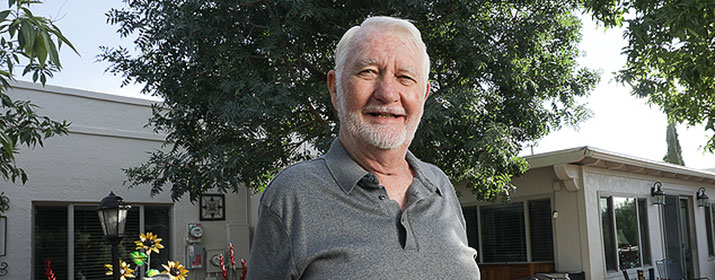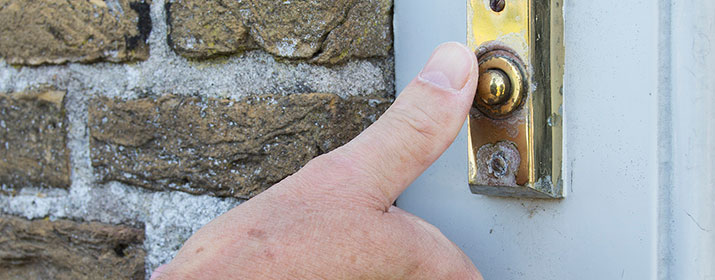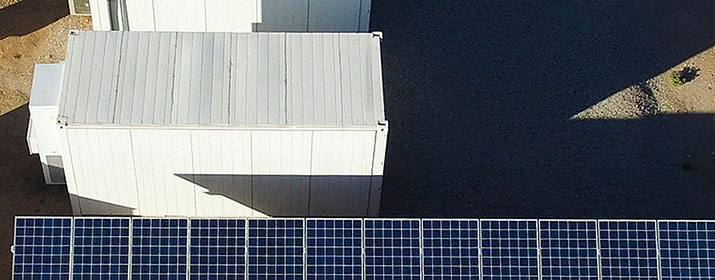
The more you know about how much energy you use, the better decisions you can make for your household budget.
My Energy Usage gives you the data you need to understand your habits and maximize savings. It’s one of the best tools at your disposal to avoid being surprised by your energy bill.
Your monthly bill includes a bar chart that compares your most recent 12 months of usage to the previous year, along with details about the weather. This can help explain the amount you owe and illustrate trends that might prompt energy use changes going forward.
But if you want to take a deeper dive and make more proactive adjustments before your next bill arrives, you should make regular visits to our online energy tracker. My Energy Usage shows your daily and hourly consumption compared to your historic usage. The data is updated by TEP at least every 24 hours.
The amount of energy you use directly impacts how much your energy bill is. By tracking your energy use, you can see when your usage is spiking. This lets you make immediate changes – before your next bill arrives – if your usage is higher than you hoped.
You can also review on-peak, off-peak, and demand usage for the month, which can help you determine which of our four pricing plans are the best fit for your household. Learn more about our Time-of-Use and other flexible pricing plans.
Log in to your TEP account online or via the mobile app to get started.
Tracking your energy use can help you find ways to save, but we have other smart energy tools too to help you make energy choices that work for you.
- Try on a new pricing plan. Our Pricing Planner can help you decide which of our four pricing plans might be a good fit for your household and lifestyle.
- Consider if an EV is right for you. If you’re thinking about driving an electric vehicle, our tool makes it easy to compare options and make an informed decision.
- Compare solar options. If you’re interested in exploring solar, our Solar Analysis tool can help you compare the benefits and costs of private solar or participating in TEP’s GoSolar Shares community solar program.
See our website for our Smart Energy tools.
Meanwhile, if your usage is higher than you want it to be, check out our energy saving tips on our website, featuring short videos and room-by-room suggestions. Some steps you can take right away:
Air Conditioner: The U.S. Department of Energy suggests setting your thermostat to 78 degrees or the highest comfortable setting. Consider setting the thermostat at 80 degrees while you are away. The higher the setting, the lower the cooling portion of your energy bills will be. Have your system inspected regularly to help it perform more efficiently and change air filters regularly. A dirty air filter makes your system work harder, which uses more energy.
Water usage: Set your water heater to around 120 degrees to save on energy costs to heat the water. Install low-flow fixtures for water savings for more water savings.
Refrigerator and freezer: The U.S. Food and Drug Administration (FDA) recommends that refrigerators be kept at or below 40 degrees. Use a setting of 0 for your freezer.
Washer and Dryer: Try to do laundry earlier in the day in summer and in the evening hours during winter. This will help prevent your cooling or heating system from working too hard. For additional savings, wash clothing in cold water whenever possible.






